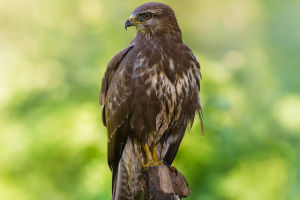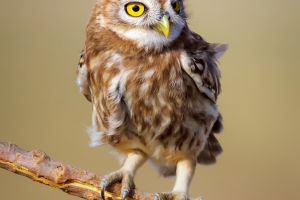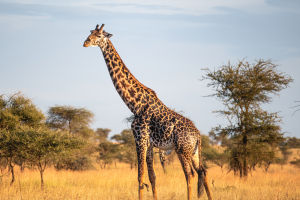Elk, also known as wapiti, are among the most majestic and iconic wildlife species in North America. Their impressive antlers, graceful movements, and vocalizations during the rutting season make them a fascinating subject for nature enthusiasts and wildlife watchers alike.
In this article, we will explore the world of elk, including their habitat, behavior, and conservation status, offering insights into these magnificent creatures that roam the North American wilderness.
What is an Elk?
Elk (Cervus canadensis) are large members of the deer family, Cervidae, known for their impressive antlers and robust build. They are one of the largest land mammals in North America, with males, or bulls, weighing between 700 to 1,100 pounds, while females, or cows, typically weigh between 500 to 600 pounds. Elk are found in a range of habitats, from dense forests and open meadows to mountain regions.
Habitat and Distribution
Elk have a broad distribution across North America, with their range extending from the eastern United States to the western regions, including parts of Canada and northern Mexico. They thrive in various habitats, including:
Forests: Elk are commonly found in dense coniferous forests, where they seek shelter and forage for food.
Meadows and Grasslands: Open meadows and grasslands provide important feeding grounds for elk, especially during the summer months.
Mountain Regions: In mountainous areas, elk can be found at higher elevations, where they graze on vegetation and find refuge from predators.
Behavior and Social Structure
Elk are social animals that live in herds, with their behavior and social structure influenced by factors such as season and habitat. Key aspects of their behavior include:
Rut Season: During the mating season, known as the rut, male elk engage in dramatic displays of dominance and vocalizations, known as bugling, to attract females and establish their territory.
Feeding Habits: Elk are herbivores that feed on a variety of vegetation, including grasses, leaves, and bark. Their diet varies seasonally, with different food sources available throughout the year.
Herd Dynamics: Elk herds are typically led by a dominant female, with males often forming separate groups or remaining solitary outside the rutting season.
Conservation Status
Elk populations have experienced fluctuations over the centuries due to factors such as hunting, habitat loss, and predator pressures. However, conservation efforts and protected areas have helped stabilize and increase elk populations in many regions. Key conservation measures include:
Protected Areas: National parks and wildlife reserves play a crucial role in preserving elk habitats and providing safe spaces for their populations to thrive.
Regulated Hunting: Managed hunting practices help control elk populations and prevent overgrazing, contributing to ecosystem balance.
Habitat Restoration: Efforts to restore and maintain natural habitats support healthy elk populations and biodiversity.
Observing Elk in the Wild
For those interested in observing elk, here are some tips to enhance your experience:
Visit National Parks: National parks like Yellowstone, Rocky Mountain, and Grand Canyon offer excellent opportunities to see elk in their natural habitat.
Respect Wildlife: Maintain a safe distance from elk and avoid disturbing them, especially during the rutting season.
Use Binoculars: Binoculars or a spotting scope can provide a closer view of elk without intruding on their space.
Elk are truly magnificent creatures that embody the spirit of the North American wilderness. Their impressive antlers, social behaviors, and adaptability to diverse habitats make them a symbol of the natural world. By understanding and respecting these incredible animals, we can ensure their continued presence in our ecosystems and appreciate the beauty and majesty they bring to our landscapes. Whether you're a wildlife enthusiast or simply curious about these majestic giants, elk are sure to captivate and inspire wonder in all who encounter them.
The Yearly Elk Brawl | Untamed Americas
Video By National Geographic


